Student sports
22.12.2021
‘This is a multi-billion dollar a year market’: What the NCAA’s new NIL rules mean for student-athletes
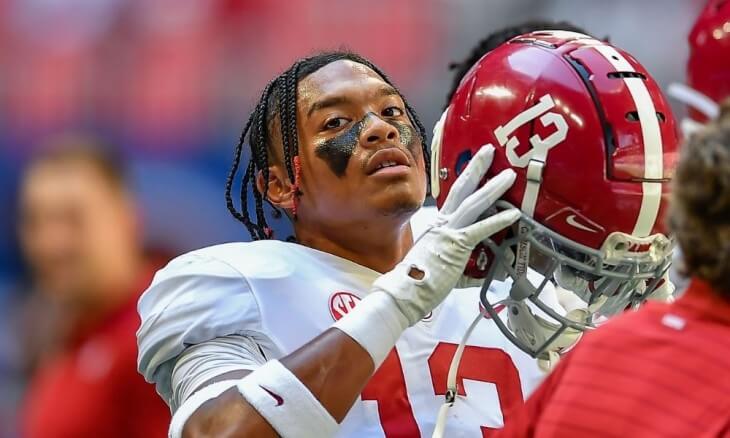
-
Members of the discussion:
-
Last reply:
The issue of student-athlete compensation is one that has followed US college sports for decades. But a combination of new state laws and National Collegiate Athletic Association (NCAA) rule changes have now gone a long way to addressing years of debate, disagreement and delay.
To bring you up to speed, the shakeup that came into effect on 1st July means that student-athletes have been given the green light to start earning money from selling their name, image and likeness (NIL) rights.
The decision, while certainly seismic, had been coming. US states were passing laws that nullified pre-existing NCAA guidelines, cranking up the heat on the organisation to respond. The subsequent policy, issued at the end of June after the NCAA bowed to pressure in 2019, ensures college sports stars can finally profit from their fame without the worry of violating amateurism rules.
Inevitably, questions remain about the implications of such an overhaul. The new regulations bring opportunity but there are plenty of grey areas for what remains an interim policy until federal legislation or new NCAA rules are adopted.
Notably, NIL activities must remain consistent with state law, as well as school and conference requirements which, in turn, can still adopt their own additional policies. It is hoped a comprehensive law from Congress will offer a long-term solution to the current – and fairly loose – guidelines.
There will likely be some teething problems as student-athletes and brands begin to make sense of the new opportunities. What can’t be denied, though, is the significance of the ruling.
“This the biggest thing to happen to college sports in more than 50 years. It is transformative.”
Blake Lawrence, chief executive of social publishing platform Opendorse, tells.
“Just to give you a perspective, in North America there’s about 5,000 professional athletes that move the needle when it comes to athlete endorsements. The student-athlete endorsement space is 500,000 athletes. It’s 100 times bigger. The new regulations have arrived very quickly and people are trying to figure it all out.”
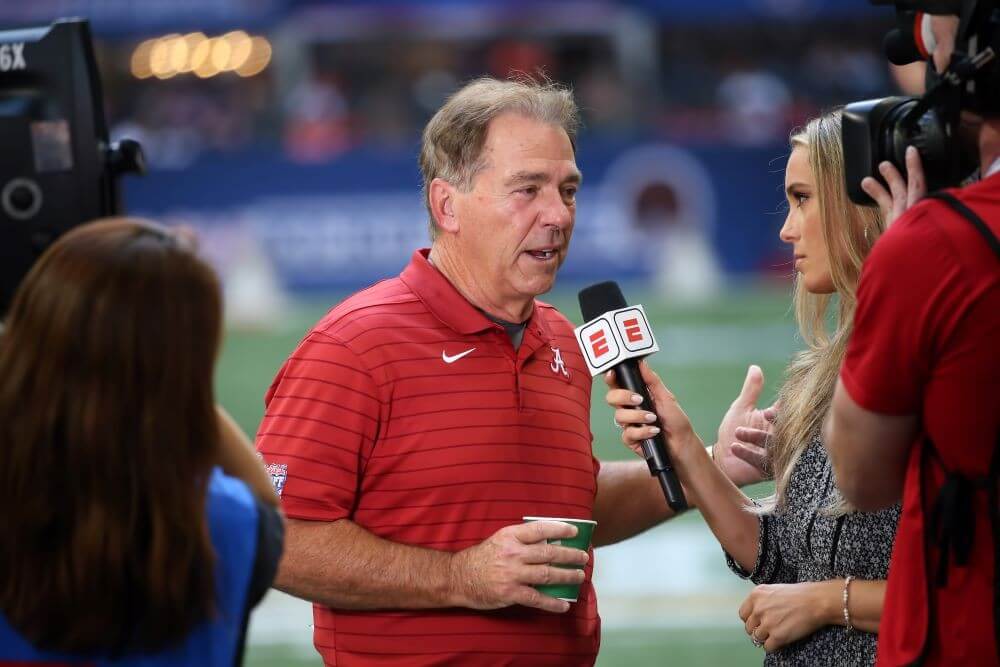 College sports’ appeal helped NCAA athletics departments pull in combined revenues of US$18.9bn in 2019
College sports’ appeal helped NCAA athletics departments pull in combined revenues of US$18.9bn in 2019
That sentiment is shared by US sports lawyer Darren Heitner. A key figure in pushing Florida’s Student Athlete Achievement Act – which will allow college athletes to earn money from endorsement deals – Heitner has been outspoken on the need for the NCAA to change its stance.
“It’s hard to underestimate the significance of these opportunities that college athletes are receiving for the first time.”
He says.
“They now have an opportunity to be on an equal playing field with all other individuals throughout the United States. We’ve seen a variety of deals in the first 40 or so days, from very small monetary offers in exchange for a limited number of deliverables, to very expensive opportunities where brands are paying a significant sum of money to athletes in exchange for more robust deliverables. We’ve seen deals that are offered to entire rosters of specific sport teams and we’ve seen brands choose to appropriate all their NIL resources to one athlete.”
As Heitner alluded to, partnerships have come in all shapes and sizes thus far. In August, University of Miami quarterback D'Erig King sealed a first-of-its-kind deal with the Florida Panthers covering a variety of fan engagement initiatives. That arrived after the NHL franchise rolled out its FLA Athlete programme, which invited local college athletes to partner with the team. Elsewhere, Georgia Tech’s football players will receive products, a cash payment and silk pyjamas in return for promoting TiVo.
Digital media companies are also wading in. Overtime has snapped up Ceyair Wright, the University of Southern California football ace who starred in ‘Space Jam: A New Legacy’. The New York-based company will also pump US$1 million towards NIL deals.
In June, Opendorse teamed up with Twitter for a new venture to provide student-athletes with the ability to monetise their video content. A recent example of this saw the platform join forces with the National Hot Rod Association (NHRA), which signed contracts with six Indiana University student-athletes, a first for a motorsport organisation.
Currently, earning potential broadly remains at a fledgling stage.
“If you look at the data we’re able to see, the average student-athlete in July earned US$400 from NIL compensation, which is not going to break the bank.”
Says Lawrence.
“But if every student-athlete in North America averaged US$400 a month then that means a US$2 billion a year market has just popped up. If things stay at the pace they are, this is a multi-billion dollar a year market and industry. There’s no doubt that the top athletes are going to earn substantial revenue. But the fact that every athlete has the ability to make some money is what’s pretty exciting.”
It’s worth bearing in mind the potential value for brands as well. The total athletics revenue among all NCAA athletics departments in 2019 was US$18.9 billion, highlighting the pull college sports has. The onset of social media also means student-athletes are able to acquire large, youthful and engaged audiences that companies can tap into at a far lower cost than it might take to partner with many professional sportsmen and women.
National advertisers are looking at this as a way to have scale and affordable, local influencers in key markets.
“Professional sports sponsorship is a return on investment-driven industry.”
Lawrence continues.
“If I sponsor this club, I’m going to get this return. If I sponsor this arena, I’m going to get this return. Everything is very measured and calculated in professional sports. “Collegiate sports is not so much the case. It’s a passion-driven industry, a passion-driven sponsorship and partnership industry. Local businesses and sponsors are going to shift their dollars from the university to student-athletes. Not 100 per cent of it, but maybe about ten per cent of the budget might shift to student-athletes. But it’s not about return on investment. It’s more about directly supporting student-athletes at the university that you attended. The national advertisers are looking at this very differently. They’re looking at this as a way to have scale and affordable, local influencers in key markets.”
Heitner reckons that this interest means the most prominent student-athletes will “break the seven-figure threshold”. One can’t help but wonder if that might create a bidding war of sorts between colleges, with each one promising prospects greater NIL earning potential in order to secure the top talent.
“It’s possible, but I think it’s premature to make that assumption or to come to that conclusion.”
Says Heitner.
“I know that there was a study done just over the past year to see whether the early movers, those that have a 1st July 2021 effective date with their statute, would have had an advantage. And I believe the conclusion there was that it didn’t appear to be so. So it seems as though the Blue Bloods will still remain the destination for the top-tier athletes, irrespective of whatever the state laws may say and whether there’s even a state law in place.”
Wherever student-athletes do choose to ply their trade, they will do so within a commercial environment vastly different from those that preceded them. How they choose to maximise their NIL earning is ultimately down to them. But, for Lawrence, video content, especially on Twitter, will be an essential money maker for those looking to leverage their burgeoning celebrity status.
“Twitter has deep penetration and is one of the top platforms for collegiate sports conversation. Student-athletes are highly active on the platform.”
He says.
“And Twitter video monetisation is one of the only platforms where you can have true control over which advertisers are advertising on top of video content on their platform. That’s very important because advertisers need to make sure that they are not breaking the school or state laws by advertising on a student-athlete’s video on Twitter, and the student-athlete needs to make sure that they’re providing brand safe content to advertisers.”
Not that student-athletes should feel confined to Twitter. With the right effort, Lawrence believes TikTok and YouTube also have considerable scope.
“TikTok takes a talented creator, and YouTube does as well, to create quality content and monetise it.”
He continues.
“I’d say probably one to two per cent of student-athletes on every campus have the skillset to succeed in TikTok and YouTube video monetisation. I would say 46 per cent of all revenue right now is from social media promotions, athletes getting paid to post on social media. That’s a good thing because most coaches are fearful that student-athletes are going to get distracted by this. Social media monetisation is very passive. It’s not as much an active thing as doing appearances and photoshoots. Social media is a big part of the ecosystem. Twitter is a big part of it. There’s going to be more video monetisation opportunities on TikTok and YouTube. Instagram is more of a promoted post monetisation, not necessarily video monetisation at this time.”
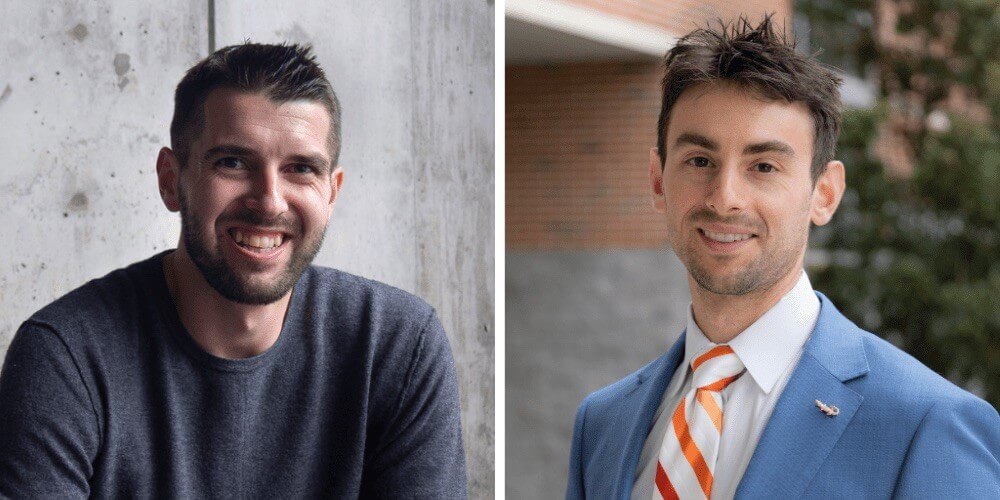 Opendorse CEO Blake Lawrence (left) and Heitner Legal founder Darren Heitner
Opendorse CEO Blake Lawrence (left) and Heitner Legal founder Darren Heitner
Be that as it may, the NIL student-athlete market remains so new that there are no firm projections yet for how big the industry could grow. That hasn’t stopped former National Basketball Association (NBA) player Jerome Williams, who founded his own NIL consultancy, from telling CBS it’s the “wild, Wild West” for companies wanting to monetise student-athletes.
If brands are heading into the unknown, then so too are young sports stars. Managing finances, paying taxes and adhering to local laws can all be unwelcome diversions from their performances on the field or court. Heitner wants schools to offer the right advice, should it be needed.
I truly believe this is the athletes receiving their basic rights that were taken away from them.
“My state of Florida actually requires that schools provide a minimum of five hours of financial literacy and life skills workshops to athletes before their first and third years of enrolment.”
He says.
“In certain other states there’s a similar provision within their statutes. In the states that don’t have NIL laws, obviously there’s no requirement that the schools provide that type of information and education. But the hope is that, irrespective of whether there is a state statutory requirement, schools are being proactive in providing that type of information. The hope is also that the athletes are creating business teams to the extent that they have that capacity and it makes sense for them. That includes service providers like attorneys, accountants, financial planners, agents, managers, etcetera.”
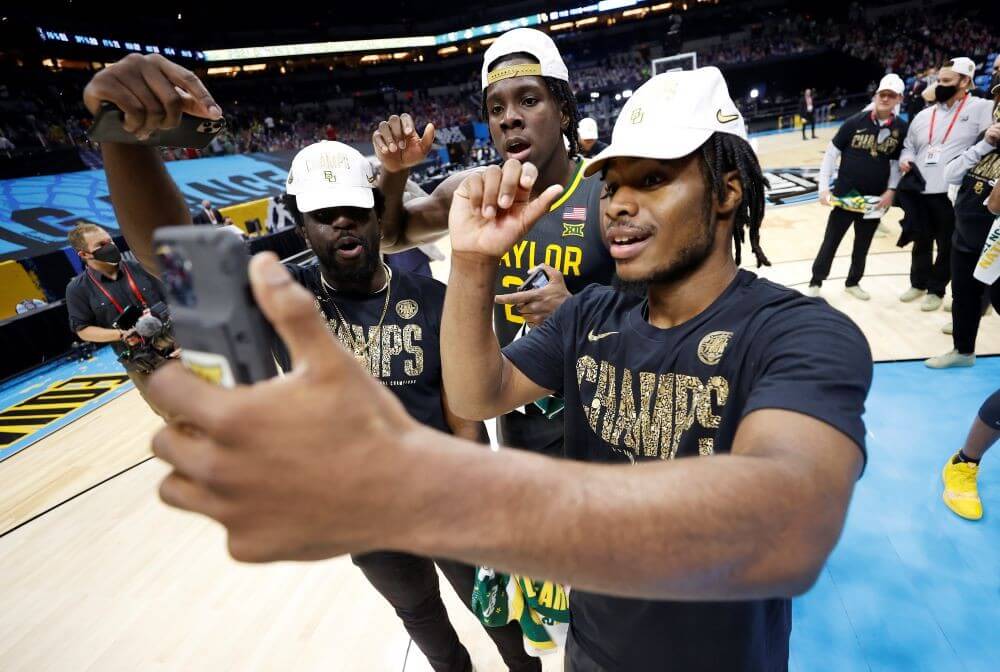 Student-athletes will lean heavily on apps to make money from their NIL
Student-athletes will lean heavily on apps to make money from their NIL
Having played college football for Nebraska, Lawrence also acknowledges the need for student-athletes to be properly prepared.
“It’s important that athletes understand they have to have a balance. They need to have help.”
He says.
“In the pro athlete space, 99 per cent of endorsements are agent-driven and one per cent flow through apps. In the college athlete endorsement space it’s the opposite. About 99 per cent of these athletes will never have an agent and they’ll be using apps to make money. It’s a necessity that these athletes understand who’s paying them, what they’re being paid for, that there are contracts, that payment is actually provided, that they’re preparing their taxes.”
As for the NCAA, its president Mark Emmert has said the organisation will continue to work with Congress “to develop a solution that will provide clarity on a national level”. But don’t expect an imminent update, according to Heitner.
“I would absolutely assume that the NCAA continues to beg and plead with the federal legislature to work on legislation that could hopefully come out of a committee and ultimately be debated.”
He asserts.
“But despite the fact that there have been many proposals introduced by various individuals on Capitol Hill, we haven’t seen any of them actually make it to the floor for any serious debate. I’d say since 1st July, it’s actually gotten even quieter in Washington DC. Very little has been heard from congressmen and women surrounding this specific issue, after there was quite a bit of back and forth as to what a model proposal should look like. I don’t have a lot of confidence sitting here today that Congress will act on this at least prior to the end of this calendar year.”
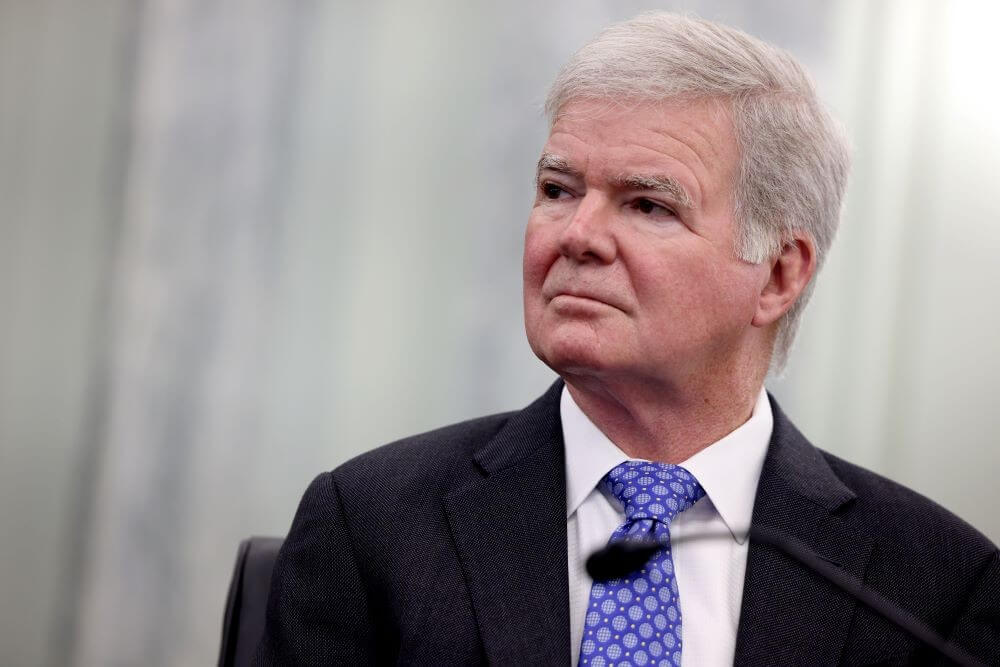 NCAA president Mark Emmert says he will work with Congress on federal legislation
NCAA president Mark Emmert says he will work with Congress on federal legislation
One of the reasons for the delay, Heitner adds, is the issue turning partisan. As well as NIL rights, some Democrats have been asking for irrevocable scholarships, concussion protocols, and even having student-athletes share in the revenues of their athletic department. Republicans largely want to keep the conversation strictly on NIL, says Heitner.
Whatever side of the fence you’re more inclined to sit on, talk around compensation for college athletes is not going away. For many, including Heitner, the new earning possibilities don’t go far enough when compared to the money that student-athletes bring in for their schools.
“In fact, even with NIL, one of the NCAA guardrails is that there can’t be bonuses based on their [student-athletes] performances.”
He points out.
“So, instead, I truly believe this is the athletes receiving their basic rights that were taken away from them.”
Even so, the NCAA’s policy appears on course to leave a lasting impact not just on the amateur scene, but also across the wider sports sector. Brands and media companies with deep ties to the professional ranks, as well as the teams themselves, are already making inroads in the college NIL space. They could well be on the way to understanding the true value that student-athletes have to offer.
“My perspective is this is a beautiful set of opportunities that have now been provided to athletes.”
Heitner concludes.
“For the first time, a pot of gold has been opened, not a can of worms. And, man, I wish I could find a pot of gold somewhere. I think that the positives of this far outweigh the negatives.”
Discussion
More on the topic
More on the topic
